With the upcoming release of Scott Lynch’s The Republic of Thieves, the long-anticipated third volume in his Gentlemen Bastards sequence, excitement among fans (especially creative ones) is higher than ever, to the point that Lynch recently released a statement regarding fan fiction in his universe. One of those fan projects is the video above, by filmmaker Milena Aijala. Aijala created title sequence for a hypothetical television series based on the series, and discusses the process on her blog. It’s a gorgeous piece of animation. Even cooler is Lynch’s excitement and endorsement of the project. There’s no television series in the works, but, dammit if this doesn’t set my mouth watering for one.
Posts Categorized: Art
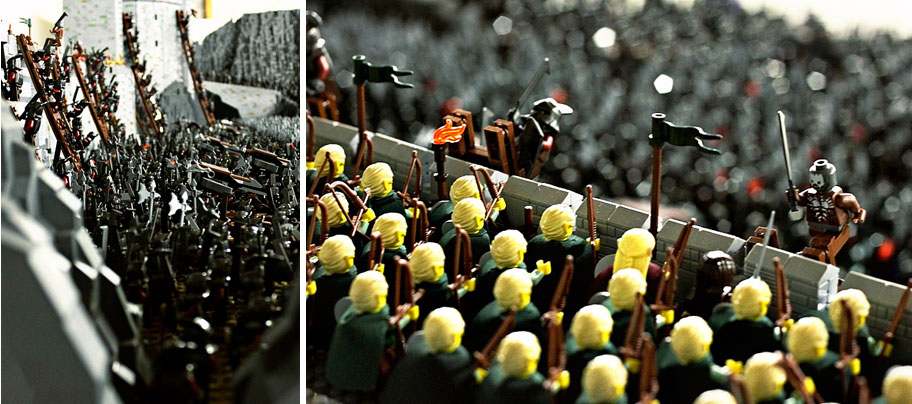
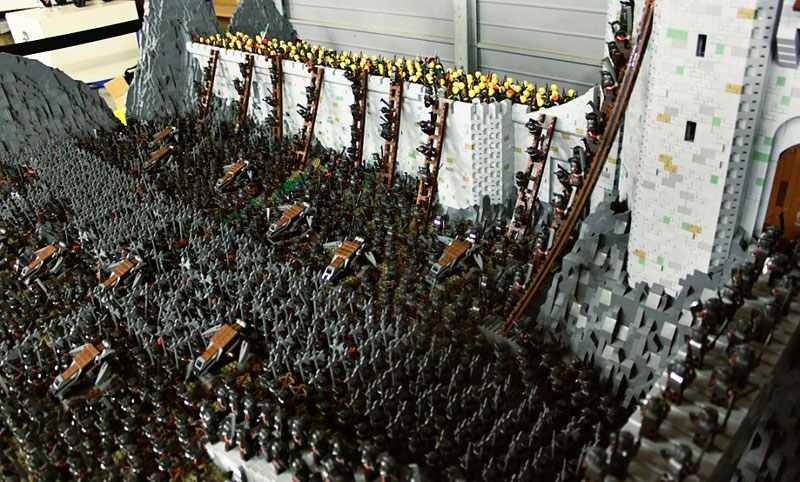
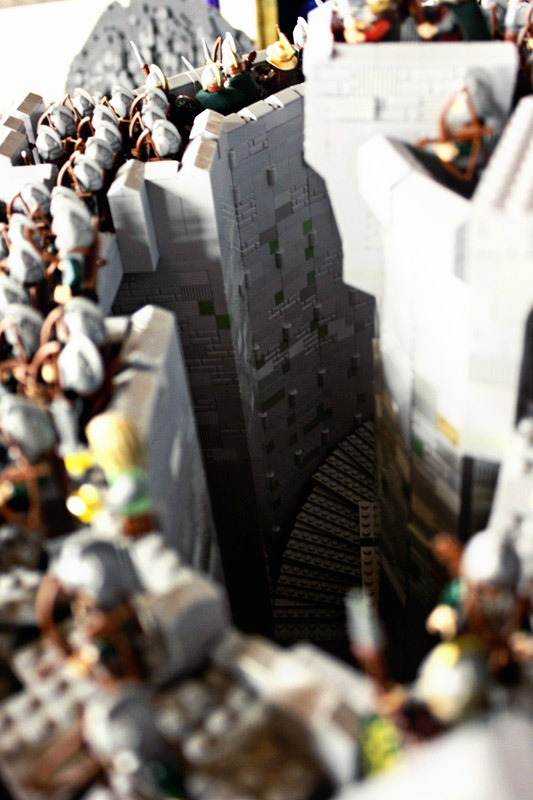

Who doesn’t love LEGO? As a child with a strong sense of imagination, and a tendency to be happy enough staying indoors on a rainy day, LEGO was a door that allowed me to enter into an infinite number of other worlds. My time with LEGO and my time discovering Tolkien’s Lord of the Rings didn’t quite intersect, but they’re both formative parts of my childhood and adolescence. Hell, I have a LEGO set of Gandalf’s carriage, from the beginning of Fellowship of the Ring sitting on my desk at work right now.
Based on the layout of Helm’s Deep featured in Peter Jackson’s film adaptation, this 150,000 brick set piece is astounding. The artists, who go by the names Rich-K and Big J, apparently, nail the atmosphere and scale of the conflict of one Lord of the Rings most iconic scenes. At the time these photos were taken, the model was about 90% complete, with an estimated four months worth of work. The time, money and personal investment that must have gone into this project is impressive.
More photos of this LEGO Helm’s Deep can be found on the artist’s MOCpages post.
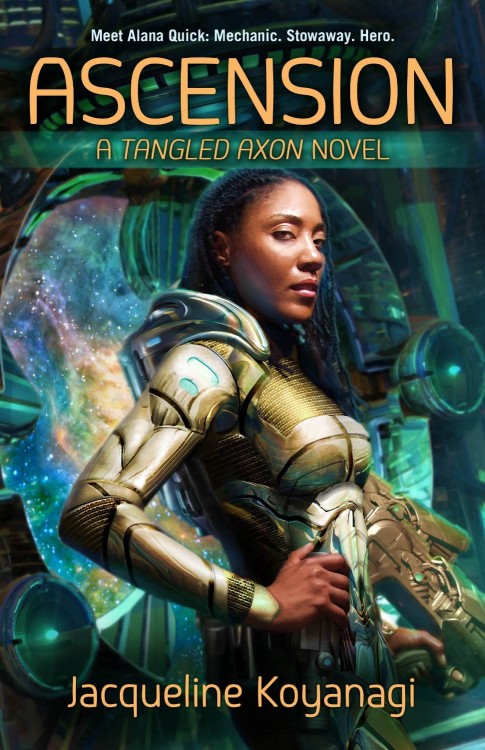

Art by Scott Grimando
Okay. So, maybe I made up the quote in the title, it’s not from this book, but, well… it’s true, no? Just look at this awesome cover.
I think we can all agree that, in general, there is a lot of pretty awful Fantasy and Science Fiction cover art these days, right? Sure, there’s some great work being done (like this, or this), but there’s also a proliferation super generic, dudebro, fistbump, “Pass me my hood, brah”-style covers that do little to improve the mainstream opinion that Fantasy is for kids, or neckbeards living in their parents’ basement. Read More »

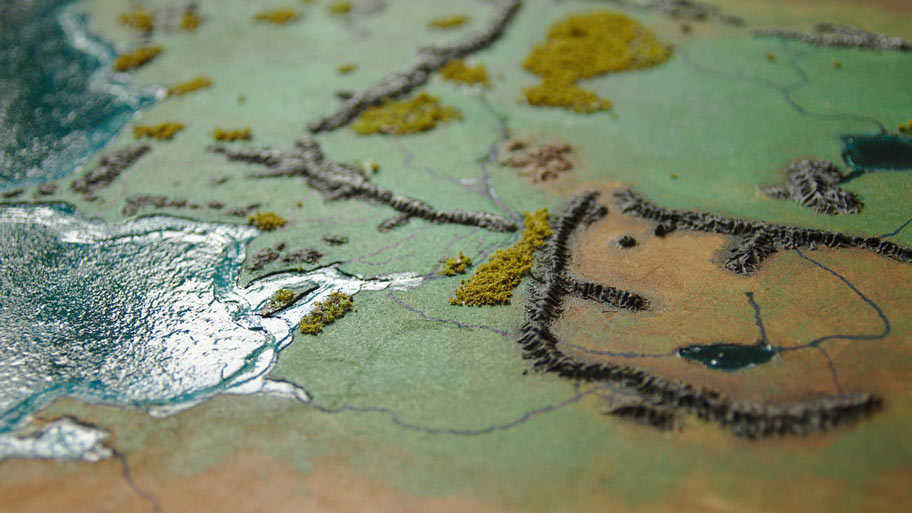
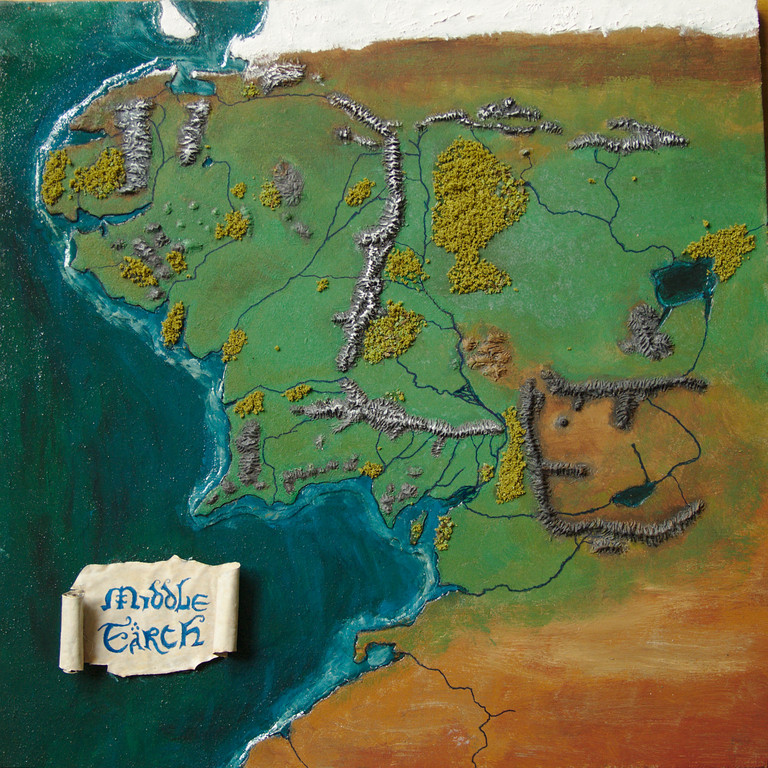
I happened across these maps a couple of weeks ago on the Fantasy sub-Reddit (enter at your own risk), and they haven’t left my mind. So, like any thought that won’t escape, I felt it’d be best to set it free so I can move on.These maps are hand-made, and gorgeously textured. The map-fetishist in me (and, frankly, the ol’ Warhammer fan) is madly in love. It’s been discussed to death, but there’s something magically tangible about a good map, one on paper, or leather and hung on a wall, and I’d love to see how these models appear in person. Read More »
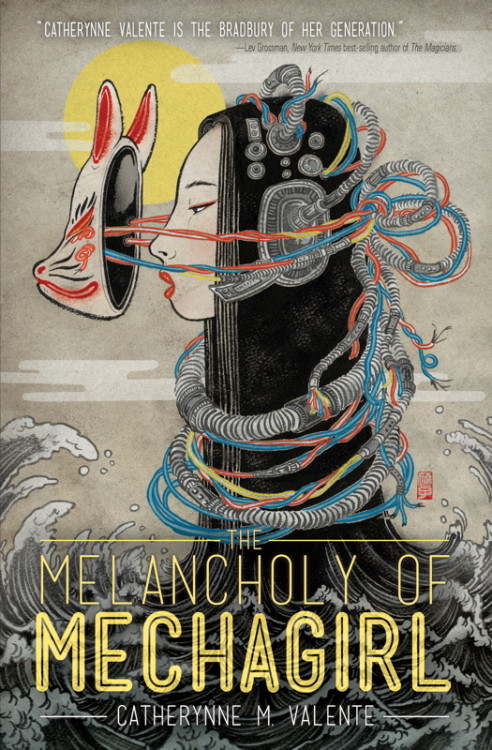
Art by Yuko Shimizu
The Melancholy of Mechagirl features fantasy-inspired short fiction by Valente about Japan, including the Hugo Award-nominated novella Silently and Very Fast and “Thirteen Ways of Looking at Space/Time,’ both of which were originally published in Clarkesworld Magazine. She described ‘The Melancholy of Mechagirl’ as ‘a philosophical confessional poem about anime and giant robots.’ Fans of The Melancholy of Haruhi Suzumiya, a popular anime, will recognize the name. You can read it in Issue 26 of Mythic Delirium. Valente lived in Japan for a number of years, and the people and stories of the country are deeply rooted in much of her fiction. She discussed her relationship with Japanese culture in a 2006 interview with Bookslut:
How did living in Japan affect your writing and your life?
Oh, that’s a big question! I think Yume no Hon is probably one long answer to it, but I’ll give it a shot here.
Japan was very hard for me — my husband, a naval officer, was gone for 19 out of the 25 months we lived there. I was alone in an extremely alien culture, unable to speak the language, without friends or family. I lived alone with my dog and wrote. It was as close to a garret as you can get in the 21st century. I had never experienced loneliness like that before, and I’ll probably be processing it for awhile yet.
However, I came to interact with Japanese culture on my own terms, relatively stripped of the assumptions fostered stateside by anime and other memetic exports. I found my own way to loving it, and though it is a hard-won love, I won’t lose it soon. I lived like a hermit for a year and a half — if you don’t come out of that with some kind of zen, you go crazy.
So instead I wrote. And a lot of what I wrote in that time involves Japanese culture, because that was what I lived with every day. I wrote a novel about a lonely woman slowly losing her mind — not a very subtle allegory, I’ll admit — and another about the Shinto creation myth, and quite a lot of poetry. As a white woman living there, my relationship to Shinto was divided at best — I felt very strongly about it, and traveled all over to visit shrines, yet I always felt like an outsider, which is perhaps appropriate. The gaze of the outsider is part of all of my work, I think.
Part of me will probably always be in Japan, but it will be awhile before I write another Japanese novel. There are always new worlds to devour.
She speaks further about Japan, and particularly the Shinto religion, in an interview with Clarkesworld:
The mythology of Japan will always be with me—the Shinto faith, the syncretic culture, the jungle right up close to the urban sprawl. Some part of me will always be there, always looking for fox-statues in the forest, watching the jellyfish suck at the sides of boats in the harbor. I will never stop being fascinated by it, and processing what it means in relation to me and my work and my internal landscape. It was a hermitage, and I learned all the things good hermits are supposed to learn: how to be alone, how to quiet demons, how to sweep the halls and keep the wolves at the door.
Japanese history and mythology is rife with many stories and themes that resonate through the Fantasy genre. It’s wonderful to see authors like Valente, and collections like this in particular, celebrate a facet of myth and Fantasy that isn’t so beaten to death as the Euro-American stuff, particularly faux-Medieval England. Since learning as a kid that a lot of videogames came from Japan, I’ve been mildly obsessed ever since. This is right up my alley.
And, good golly, that cover art. I said that Joey Hi-Fi should take home an Inky Tentacle for his cover for The Lowest Heaven. He’s not eligible, so, damnit, let’s give the award to The Melancholy of Mechagirl, shall we? Artist Yuko Shimizu certainly deserves some applause for her body of work. Absolutely stunning stuff.
The Melancholy of Mechagirl will be released on July 16th, 2013 by VIZ Media LLC. It is currently available for preorder.
